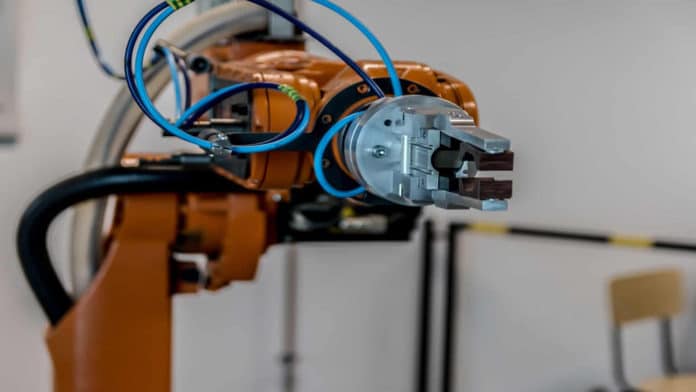Humans perform object manipulation to execute certain tasks. Such action is rarely initiated with no goals in mind. In contrast, traditional robotic grasping focuses solely on holding the object, regardless of the purpose of the manipulation.
In order to work effectively and safely with people in the near future, robots need to know the reason why they are doing a certain job. Machines need to understand the motive the way humans do and do not just perform the task blindly without context.
According to the researchers at the University of Birmingham, this could bring a profound change in the world of robotics, but not necessarily. The shift in thinking will be necessary as economies of automation, connectivity, and digitalization and levels of human to interact with robots increase dramatically.
One of such actions performed by robots is ‘grasping,’ which also represent the cutting-edge of robotics research. A new article by the National Centre for Nuclear Robotics, highlighted some fundamental issues, regarding robot’s grip.
Most factory-based robots (blindly) picking up unfamiliar objects, which require multiple technologies, which include vision systems, sensors, and advanced AI. But researchers think a successful grasp for a robot might actually be a real-world failure, as the machine does not know or understand what the goal is and why it is picking an object up.
In the paper, published in Nature Machine Intelligence, researchers gave an example of a robot in a factory picking up an object for delivery to a customer. The robot successfully executes the task, without causing any damage to the packages. But the robot’s gripper obscures a crucial barcode, due to which the whole delivery system breaks down. It all happened just because the robot does not know the consequences of holding a box the wrong way.
“Another scenario envisages a robot passing a glass of water to a resident in a care home. It must ensure that it doesn’t drop the glass but also that water doesn’t spill over the recipient during the act of passing, or that the glass is presented in such a way that the person can take hold of it,” Dr. Ortenzi gives other examples.
“What is obvious to humans has to be programmed into a machine and this requires a profoundly different approach. The traditional metrics used by researchers, over the past twenty years, to assess robotic manipulation, are not sufficient. In the most practical sense, robots need a new philosophy to get a grip.” he added.
Professor Rustam Stolkin, NCNR Director, said, “National Centre for Nuclear Robotics is unique in working on practical problems with the industry, while simultaneously generating the highest caliber of cutting-edge academic research – exemplified by this landmark paper.”
